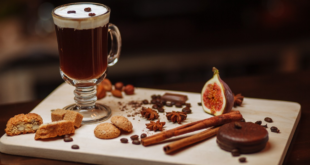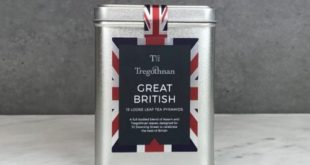Coffee, not wine, tea or beer is the most popular drink worldwide. As a cup of coffee often follows a meal and wine, we thought we would give you some coffee basics. In the UK we drink something like 55 million cups a day.
History
Like many subjects there are legends and myths, rather than be judgemental, here are some general points. Modern day Ethiopia lays claim to the plant’s ancestral home, whilst Yemen to its drinking, back in the 1400’s. By the 16th century it had spread to the Middle East and then to Southern Europe. The Dutch and British East India Companies both entered the growing market, boosting it more.
Coffee houses boomed in 17th century England, by the end of the century there were over 3000. One such establishment run by Edward Lloyd evolved into the famous insurance market. Unlike today’s genteel establishments, coffee houses were often meeting places for groups opposed to authority.
Coffee plants were closely guarded, not always successfully, whether through theft or smuggling, plants found their way to most parts of the world where they could grow. Notably Brazil in the early eighteenth, now the world’s leading producer.
Types and Roasing
There are two main types, Robusta and Arabica.
- Robusta are easier to grow and so are cheaper. They have a higher caffeine content and a strong harsher taste. It’s grown in most coffee growing regions
- Arabica grows at higher altitudes and crops less. Despite the cost premium, it accounts for around 2/3 of world production. The taste is sweeter and fruitier. Brazil is the main producer, some in Africa
Suppliers use both varieties, budget blends and instant coffees using higher amounts of the cheaper Robusta type. Coffee roasting, after growing is the most critical stage, although home roasting is possible, most of us leave it to the experts. The roast determines flavour and body. Darker roasts are stronger whilst lighter roasts more complex flavours.
Making your Coffee
It takes over 40 beans to make a single espresso.
- Instant Coffee is the easiest to make, quality varies widely, all types benefit from allowing the water to cool slightly after boiling
- Filter coffee makers and percolators allow the hot water to permeate through the ground beans by gravity
- A Cafetière extracts more strength from the coffee as it’s in contact longer, it’s important to choose s suitable blend and grind to avoid having a sludge in the bottom of your cup
- With an espresso machine, the hot water is forced through the coffee under high pressure, this produces a much stronger brew, the distinctive crema adds appeal
All machines come in a variety of types, but for each type use the same underlying principle. What you choose depends on budget, features you want and convenience.
For more information we suggest you visit the British Coffee Association website
 Vino-Club For Wine Lovers
Vino-Club For Wine Lovers






